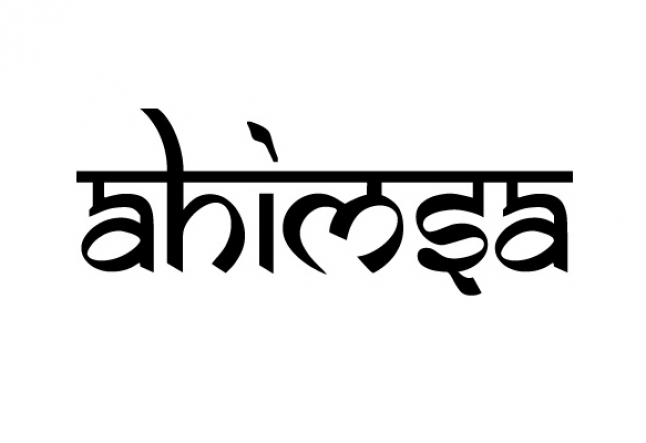ahimsa – non-violence

tips for everyday life – on and off the mat
The Yoga Sutras of Patanjali were written for guiding us into liberation and are classified in four books that talk about theory, practice, accomplishment and finally, liberation.
In the Yoga Sutras we find a path of eight limbs, or branches, to reach liberation. This path suggests how we should deal with people around us and our attitude toward ourselves: Yamas and Niyamas. Ahimsa is a restraint or Yama declaring no harm to oneself or others, physically or mentally.
Practicing Ahimsa on the mat can be translated into a kind practice, being gentle with ourselves in an Asana, and meditating in a comfortable position. Off the mat, in our everyday lives, Ahimsa can be mastered by compassionate and conscious choices.
Compassion helps us to see through the eyes of others, to understand their point of view and the reasoning for their actions. It translates to ‘non-violence’, so yogis may try to lessen suffering and harm to the rest of the world.
Ways you can practice Ahimsa include choosing a more environmentally responsible, plant-based diet and buying non-toxic products to reduce our carbon footprint. We should also avoid cruel thoughts, actions and any type of abuse to others.
Reaching Ahimsa leads to good karma and happiness, as we are putting the welfare of others before our own, lessening negativity and increasing positive forces.
Read next >> paulo coelho’s best story